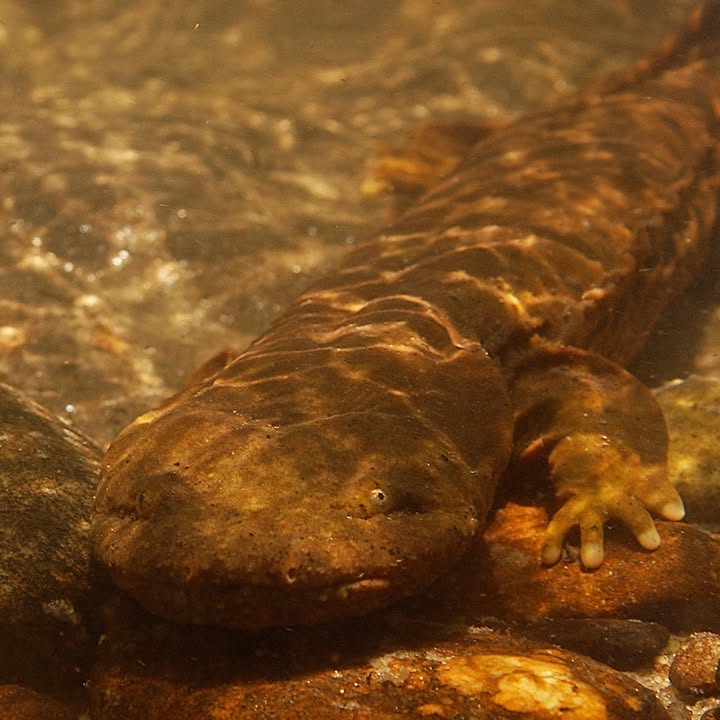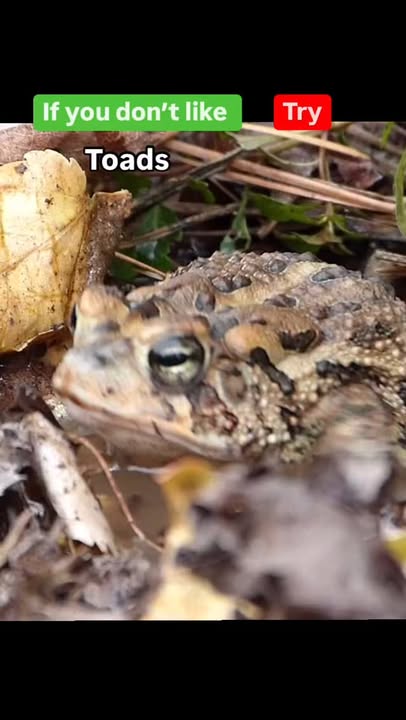
AMPHIBIAN & REPTILE CONSERVANCY INC
ARC identifies and conserves the highest priority places for amphibians and reptiles in the US.
Founded
2007
57256
Web
Sign in to see organisation website
Address
LOUISVILLE
ARC - Amphibian and Reptile Conservancy Home Amphibian and ReptileConservancy Amphibian and ReptileConservancy A cohesive national strategy implemented at a local level. ARC saves herps through a strategic scientific and passionate approach that allows us to make a real difference. We implement localized regional speciesbased PARCAs Priority Amphibian and Reptile Conservation Areas and weave them together across the country into a national strategy capable of making great impact. We practice Transformative Science with the urgency required to save those species and ecosystems at greatest risk.
From Social media
News about from their social media (Facebook and X).
Many species are in dire need of conservation action, but what will help them the most. On April 7th, 2025, Colossal, a company using genetic tools to resurrect extinct species, announced they had “successfully restored a once-eradicated species through the science of de-extinction. ” In other words, they claimed to have brought back a species extinct for over 10,000 years: the dire wolf.
Like Comment
Data about organisation
Wildlife Preservation/ Protection Category
Organisations with similar rank to AMPHIBIAN & REPTILE CONSERVANCY INC in category Wildlife Preservation/ Protection

Rescue Me Georgia is a 501c3 ALL volunteer rescue dedicated to saving dogs across Georgia.

Alaska Wilderness League galvanizes support to secure vital policies that protect and defend America’s last great wild public lands and waters.

597. AMPHIBIAN & REPTILE CONSERVANCY INC
ARC identifies and conserves the highest priority places for amphibians and reptiles in the US.

598. UNITED CONSERVATIONISTS INC
Fin Free™ is a global movement to protect sharks by eliminating the demand for shark.

Beneath The Waves is a global NGO working to conserve sharks and the habitats they occupy through cutting-edge scientific research.
LOUISVILLE
Organisations from AMPHIBIAN & REPTILE CONSERVANCY INC
34. Presbyterian Church (U.S.A.), A Corporation
For more than 200 years, Presbyterians have been responding to the call of Jesus Christ.

35. Actors Theatre of Louisville, Inc
Actors Theatre of Louisville unlocks human potential, builds community and enriches quality of life by engaging people in theatre that reflects the wonder and complexity of our time.

36. AMPHIBIAN & REPTILE CONSERVANCY INC
ARC identifies and conserves the highest priority places for amphibians and reptiles in the US.

37. Kindred Employee Assistance Fund Inc
Kindred Healthcare's mission is to promote healing, provide hope, preserve dignity and produce value for each patient, resident, & family member we serve.

38. The Louisville Leopard Persussionists
Ordinary kids transformed by an extraordinary musical experience since 1993.
Similar organisations
Similar organisations to AMPHIBIAN & REPTILE CONSERVANCY INC based on mission, location, activites.
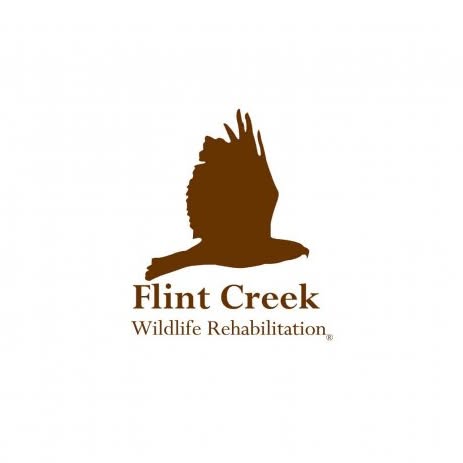
Flint Creek Wildlife Rehabilitation
Wildlife Rehabilitation and Education Animals Accepted BY APPOINTMENT ONLY Please call or text 847/842-8000 to schedule an appointment.

The Orianne Society is dedicated to the range-wide conservation of imperiled reptiles and amphibians and the habitats they need to persist.

Connecting People of the Great Lakes to our Great Oceans through education, research and action.

Norma Cogar Memorial Wildlife Center
Giving Wildlife Another Chance in This World is Our Mission.
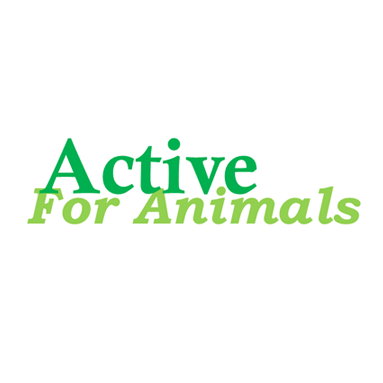
For purpose organization dedicated to changing human's desires that are threatening the very existence of so many magnificent animals.
Similar Organisations Worldwide
Organisations in the world similar to AMPHIBIAN & REPTILE CONSERVANCY INC.

South West Catchments Council (au)
We operate at the intersection of landcare, science and technology across natural and agricultural landscapes for the benefit of people and planet in Our South West region of WA.

SAVING ANIMALS OF OUR WORLD Protecting endangered species & Enabling biodiversity to thrive.

AMPHIBIAN AND REPTILE CONSERVATION TRUST (uk)
Amphibian and Reptile Conservation - help us give a voice to the UK's disappearing frogs, toads, newts, snakes and lizards.

AMPHIBIAN & REPTILE GROUPS OF THE UK (uk)
The aim of ARG UK is to promote the conservation of our native amphibian and reptiles by supporting the work of the network of volunteer ARGS.
Interesting nearby
Interesting organisations close by to residence of AMPHIBIAN & REPTILE CONSERVANCY INC
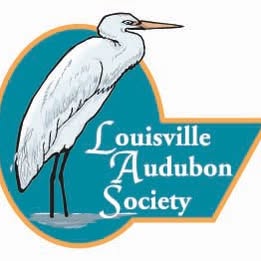
Louisville Audubon Society Inc
Louisville Audubon Society—a registered 501(c)3 nonprofit—is the local chapter of the National Audubon Society.
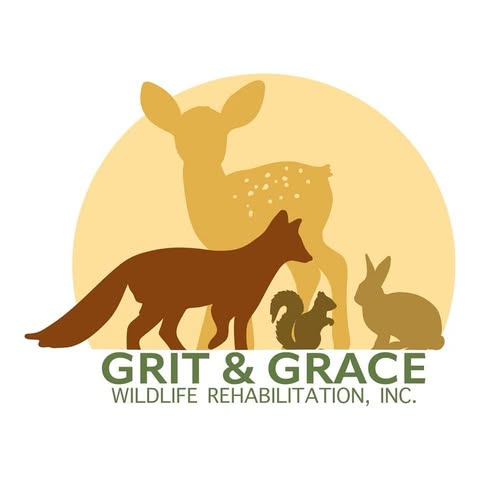
Grit & Grace Wildlife Rehabilitation Inc
Grit & Grace Wildlife Rehabilitation, Inc is a 501c3 non-profit, USDA licensed, volunteer-run center.
Similar social media (57256)
Organisations with similar social media impact to AMPHIBIAN & REPTILE CONSERVANCY INC

26681. NATIONAL FOUNDATION FOR ADVANCEMENT
YoungArts identifies exceptional young artists, amplifies their potential, and invests in their lifelong creative freedom.

26682. AMPHIBIAN & REPTILE CONSERVANCY INC
ARC identifies and conserves the highest priority places for amphibians and reptiles in the US.

Pine Cove exists to be used by God to transform the lives of people for His purposes and His glory.

26684. VITAL GROUND FOUNDATION INC
Welcome to the official Vital Ground Facebook page.
Join us and make a difference for the future!
Sign Up
Please fill in your information. Everything is free, we might contact you with updates (but cancel any time!)
Sign in with GoogleOr
Good News
🌟 Exciting news! Elite Media just awarded $100K to five incredible Black-owned businesses in their first "Keep It 100" pitch competition! 🎉 It's amazing to see support for entrepreneurship and community growth! Let's keep lifting each other up! 💪 #KeepIt100 #SupportBlackBusinesses #GoodNews
Elite Media Awards $100K To Black-Owned Businesses In First 'Keep It 100' Pitch Competition
Black Enterprise
Like CommentExciting news in the tech world! 🤖 AIBotics is making waves by acquiring NovaCore Labs and partnering with KEENON Robotics to bring innovative service robots to Jamaica and CARICOM! 🌍 A great example of how technology can bridge communities and enhance lives. #GoodNews #TechForGood
AIBotics Signs LOI to Acquire Google Partner NovaCore Labs and Partners with KEENON Robotics to bring XMAN and Service Robots to Jamaica and the CARICOM - Aibotics (OTC:AIBT), Ehave (OTC:EHVVF)
Benzinga
Like Comment🌟 Exciting news! OMED Health has partnered with Aviva to support employees' digestive health through innovative breath analysis. 🌱 This collaboration showcases the power of holistic health initiatives in the workplace. Here's to better well-being for everyone! #HealthMatters #PositiveChange
OMED Health partners with Aviva to support the digestive health of employees
News-Medical.net
Like Comment